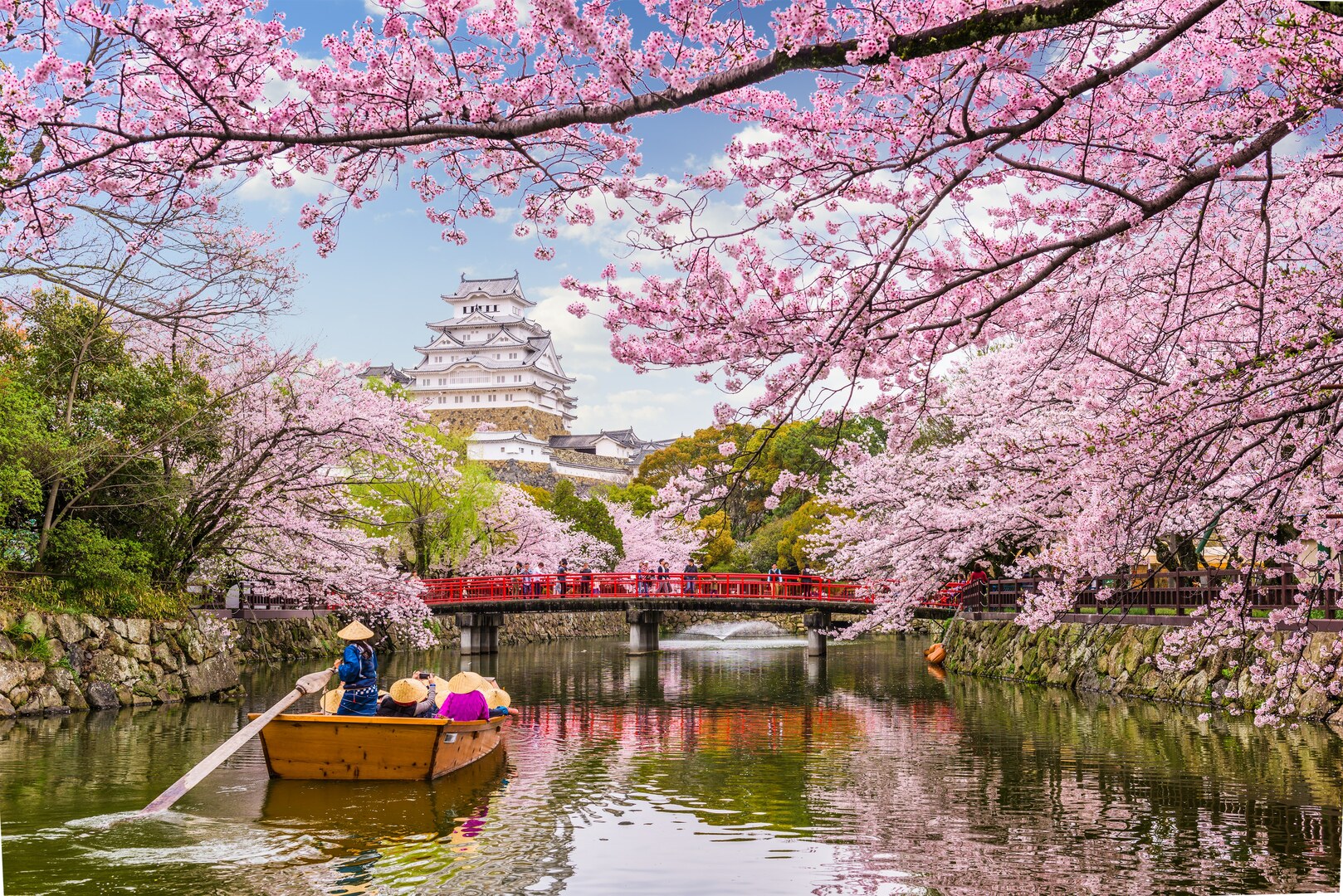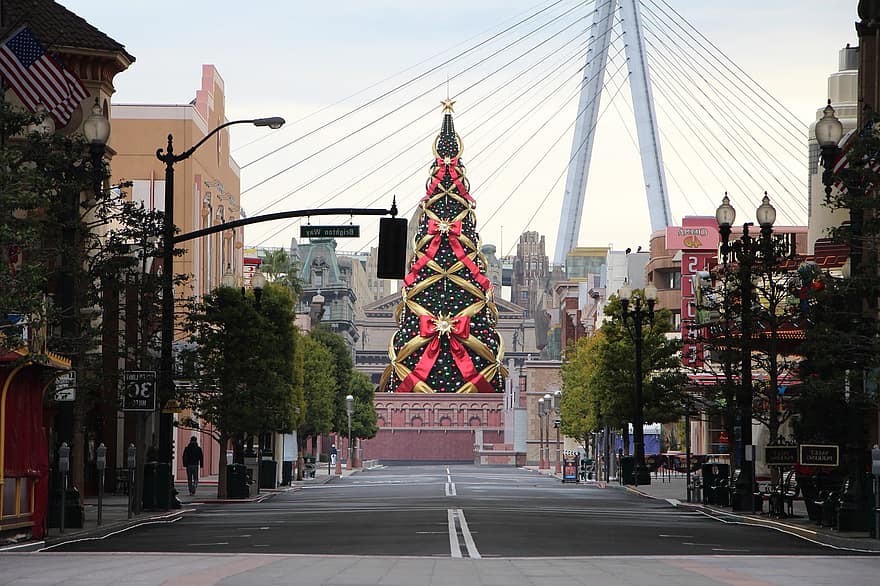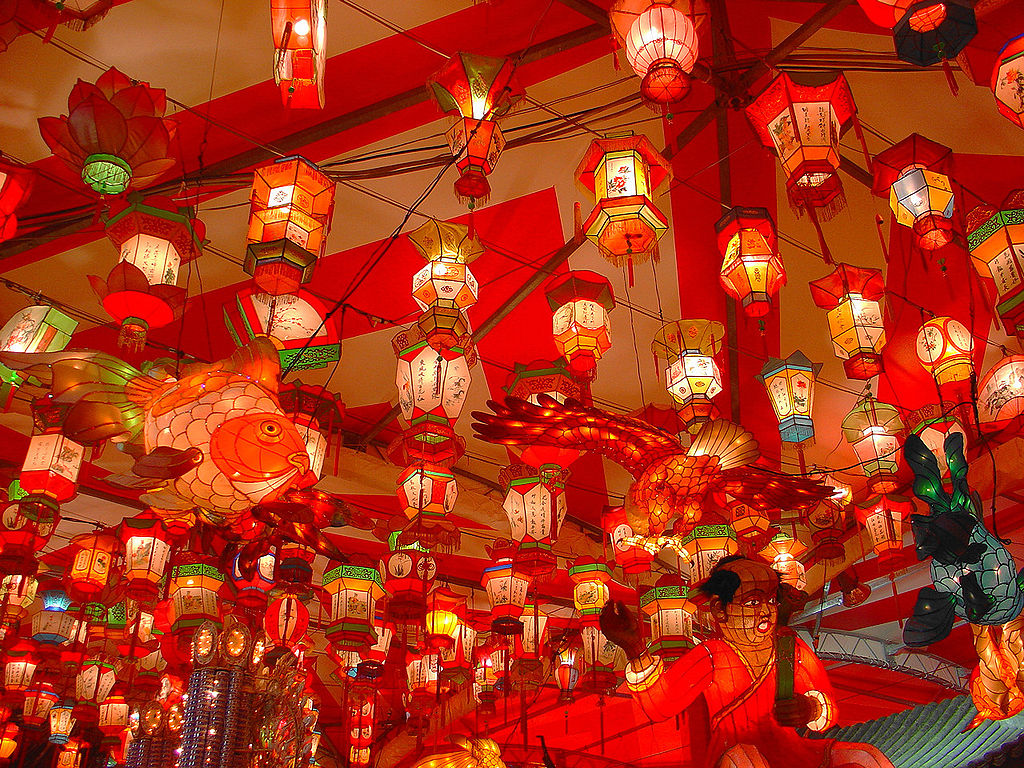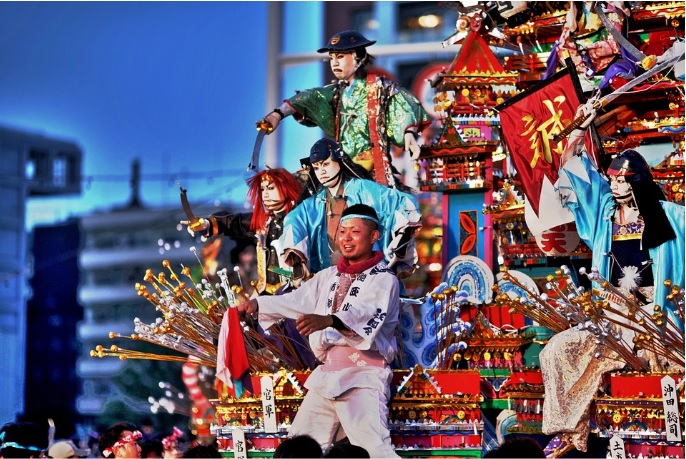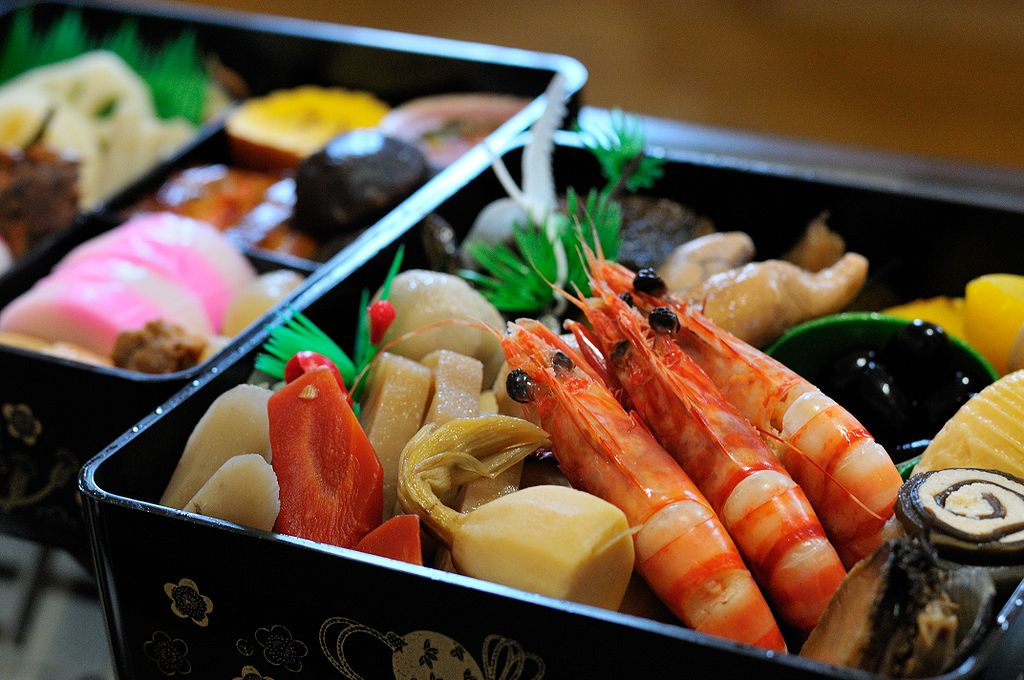
The Japanese New Year (Shōgatsu) is one of the most celebrated holidays happening on the 1st day of January. This is where a new beginning, life, and hope starts. To bring more warmth to our appetites, here is a list of dishes being served during New Year in Japan.
Toshikoshi Soba
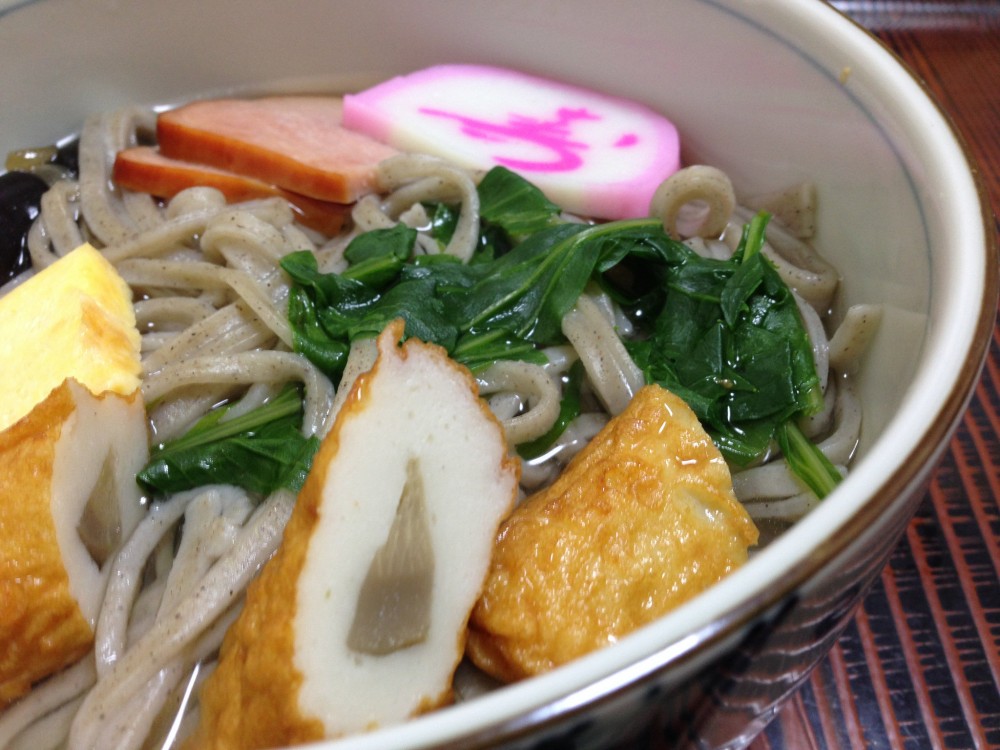
Photo by kimubert. Licensed under Creative Commons.
This is a Japanese year-crossing noodle bowl dish. In some areas, the dish is called in a variety of ways like misoka soba, tsugomori soba, kure soba, jyumyo soba, fuku soba, and unki soba. It all started in Edo period, wherein it symbolizes long life, strength, and resiliency, due to fact that buckwheat plant can survive on severe weather conditions. Additionally, it also represents the letting go of all the hardships of the year, since the noodles can be easily cut.
Zoni/ Ozoni
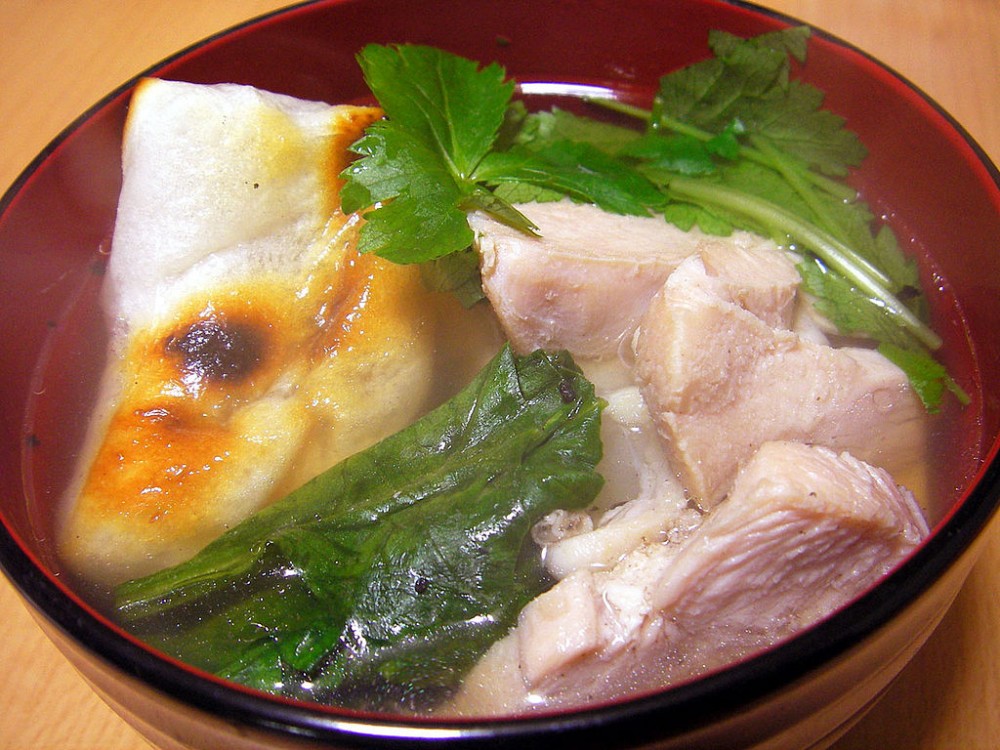
Photo by yoppy. Licensed under Creative Commons.
Known as the soup containing mocha, it originally started in the samurai era, wherein the meal was to be cooked in the battle field. It was first served as a full course meal, making it the most important meal of the samurais. The Japanese people then started offering the Zoni to gods as part of New Year’s Eve ceremony.
Toso/ Otoso
It is a traditionally spiced medicinal sake, usually drunk for the celebration of New Year in Japan. It was known as the best drink for the festivity because it is believed to flush away all the illness for a longer life. There is a saying, "if one person drinks toso, his family will not fall ill; if the whole family does, no one in the village will fall ill." Because of this, it became a part of the New Year’s traditional food cuisine.
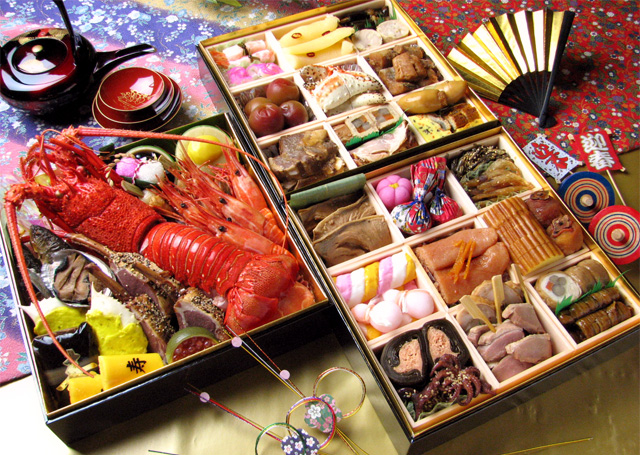
Photo by Sixgimic. Licensed under Creative Commons.
This is a colorful dish packed with an assortment of delicacies in a jubako, a special bento box. Every dish inside the box has meaning in welcoming the New Year.
Nanakusa-no-sekku
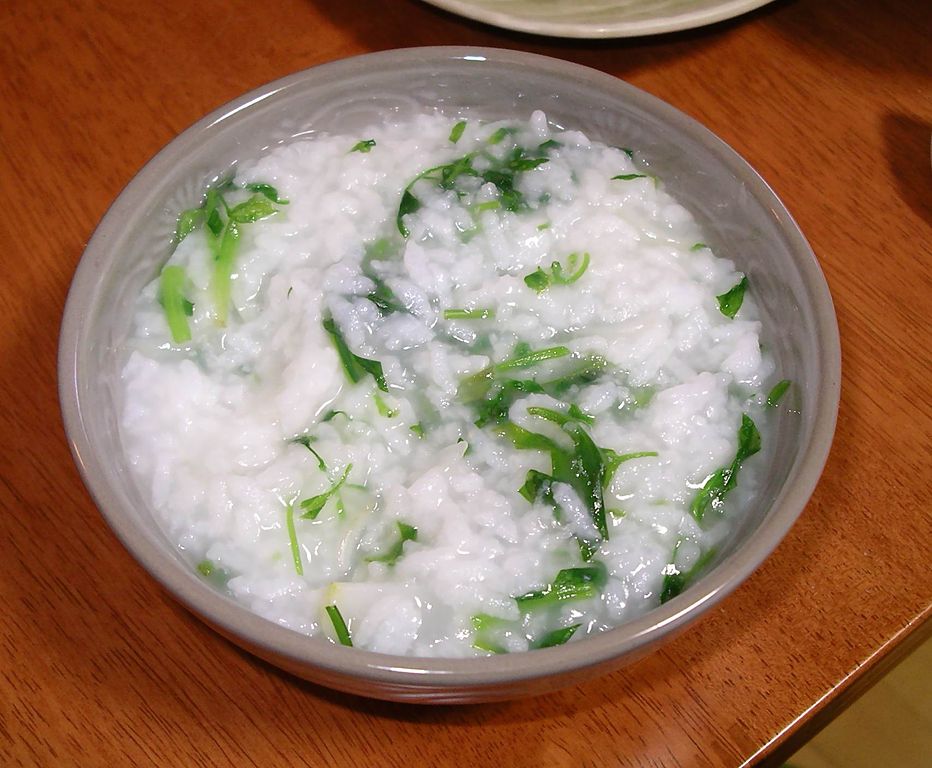
Photo by Blue Lotus. Licensed under Creative Commons.
This is a customary seven-herb rice porridge being served on the 7th of January. Seven (Nana) of the first month of the new year has been important to the Japanese since the ancient times. The meal was said to bring longevity of life and good health. Nanakusa-no-sekku contains oenanthe javanica, shepherd's purse, cudweed, chickweed, nipplewort, turnip, and radish.
Kagami mochi
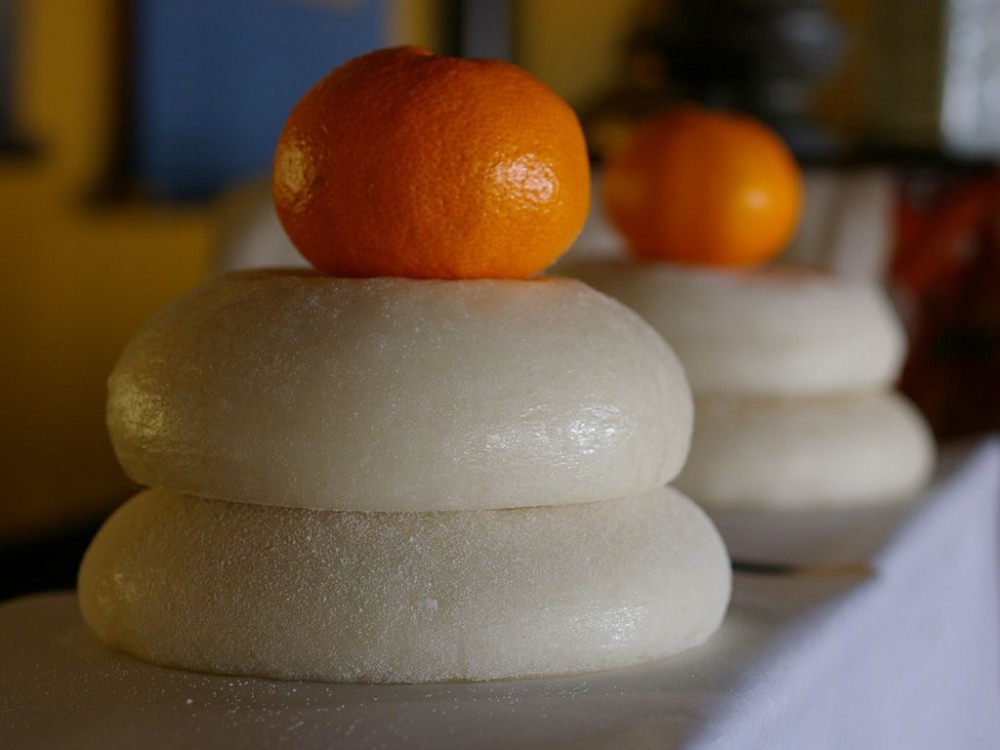
Photo by tamakisono. Licensed under Creative Commons.
It consists of two round mochi (rice cakes), topped with daidai (Japanese bitter orange) sitting on a sanpo (stand), over a shinhobeni (sheet). It is said to ward off fires from homes for the following years. The folded lightning-shaped sheets of paper are called gohei. It all started during the Muromachi period. Mochi is assumed to give strength in the coming years, while daidai symbolizes the “generations”, or the continuation of the family.
Amazake
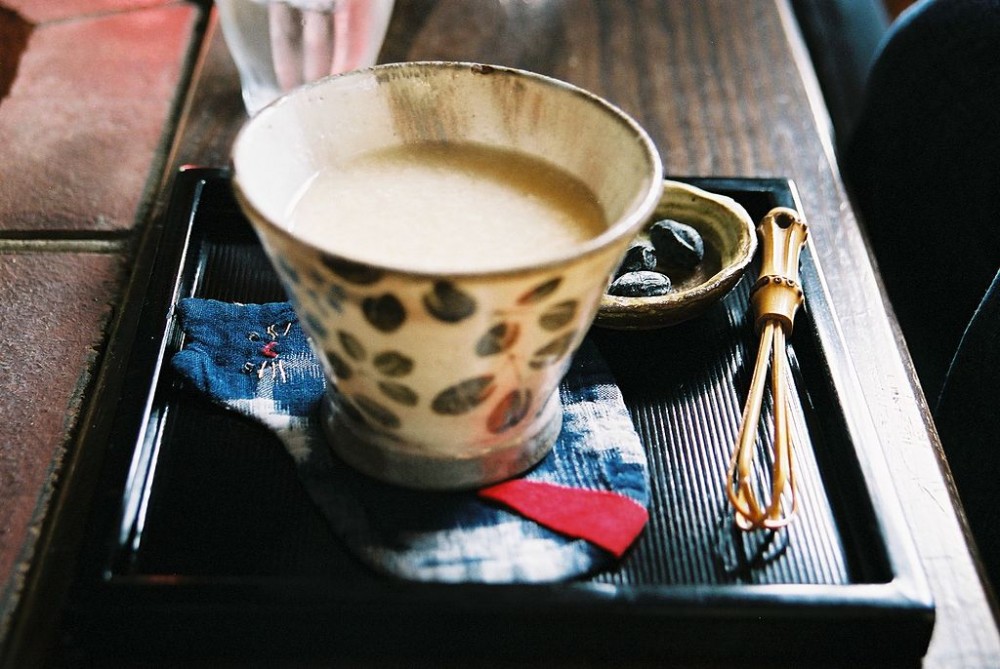
Photo by emily_harbour_in_july. Licensed under Creative Commons.
This is a fermented non-alcoholic rice drink to warm your spirit in a winter day. It soon became part of the family meal. It started being part of the New Year celebrations because many Shinto shrines provide the drink. Additionally, it became available in instant version in the 20th century.
Additionally, Japanese has also a special chopstick to use for celebrations. It is called the iwai-bashi. It has a tapered-design, with a slightly thick back, and narrow tips.

Photo by Haragayato. Licensed under Creative Commons.
Food has already been a part of the human system, traditions, and celebrations. And these dishes will definitely give your tummies the festivity that it deserves.
Source:
Banner photo by Masaaki Komori. Licensed under Creative Commons.
